From Inventory Glut to Innovation Surge: Nanya Tech's Pivotal Role in the Memory Market Renaissance
Nanya Tech's resurgence signals a memory market renaissance. Explore how its success unlocks the silicon supply chain, fueled by AI/DDR5, and how to identify true industry leaders.
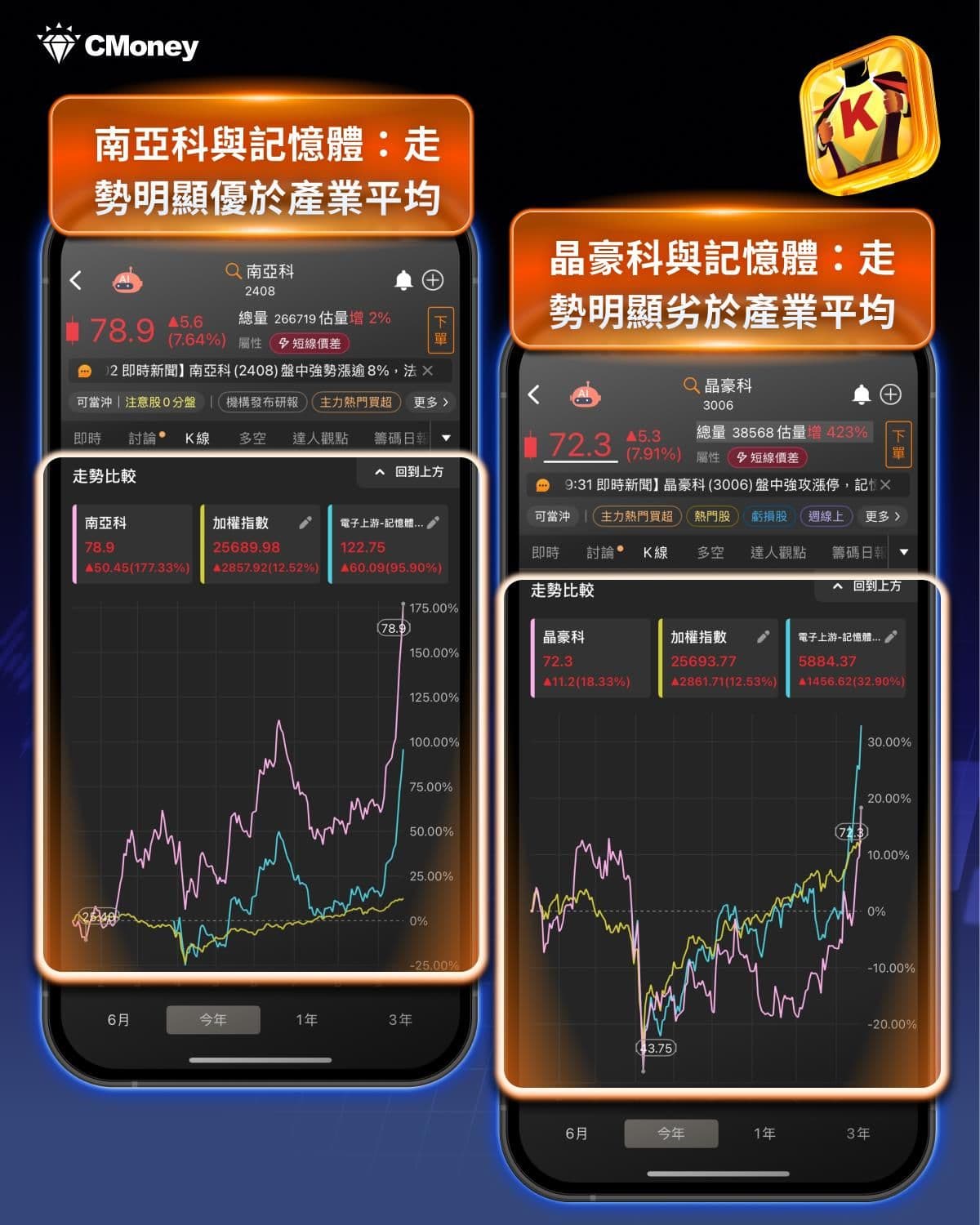
The Phoenix Rises: Nanya Tech's Surprising Profitability
After enduring nearly three years of losses, has remarkably returned to profitability, signaling a significant turnaround in the memory market. The company posted a positive EPS of NT$0.26 in August, a clear indicator that the tide is turning. This resurgence isn't merely a stroke of luck; it's primarily fueled by a scorching demand for memory, particularly the unexpected scarcity of products. Industry analysts are projecting Nanya Tech's revenue to surge by over 80% in the third quarter, with momentum continuing into the fourth quarter with an anticipated increase of over 50%. This impressive rebound, driven by a substantial rise in Average Selling Prices (ASP) and aggressive customer stockpiling, underscores a fundamental shift in market dynamics. Nanya Tech's recovery serves as a potent bellwether, not just for its own financial health, but for the broader memory sector, including peers like and , who are also benefiting from the improved market conditions. The market's confidence is palpable, reflected in Nanya Tech's stock price soaring by 69% recently.
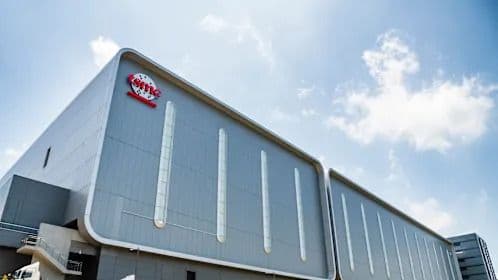
The Silicon Symbiosis: How Nanya Tech Unlocks Wafer Demand
Nanya Tech's renewed vigor has a ripple effect, extending deep into the semiconductor supply chain, most notably benefiting silicon wafer manufacturers. , a fellow member of the Formosa Plastics Group and a critical supplier, epitomizes this symbiotic relationship. With memory products universally relying on 12-inch silicon wafers, Nanya Tech's increased demand directly translates into an accelerated inventory drawdown for Taiflex. For years following the pandemic, silicon wafer inventories remained stubbornly high. However, as memory demand heats up, especially with applications accounting for a significant 60% of Taiflex’s 12-inch product portfolio, the market is finally seeing a much-needed correction. As Taiflex aptly puts it, “our customers must do well for us to do well.” This interconnectedness highlights how a strong performance from key memory players like Nanya Tech is not just an isolated success story, but a crucial catalyst for the broader recovery and stabilization of the silicon wafer market, potentially paving the way for a rebound in spot prices.
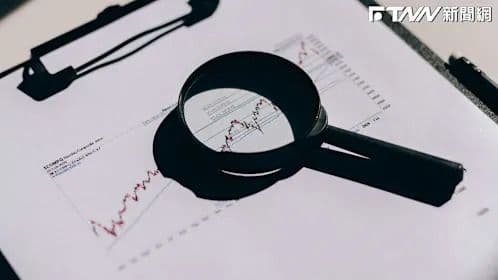
Navigating the Revival: Identifying True Memory Market Leaders
While the memory market's revival is undeniable, discerning the true leaders from those merely riding the general upswing requires a keen eye. Nanya Tech stands out as a genuine 'leading sheep' in this environment. Its strong performance is rooted in fundamental factors: a significant benefit from rising prices, the successful conclusion of inventory adjustments, and robust support from institutional investors. Its stock performance has consistently outpaced the overall memory manufacturing index, a clear signal of its core strength and market influence. In contrast, some companies, often focused on niche or products, are lagging behind. Their revenue recovery is slower, and their profit rebound is less pronounced compared to the primary DRAM manufacturers. These 'follow-the-wind' stocks might show short-term gains, but their underlying fundamentals offer less sustained support. Investors must look beyond superficial price movements and evaluate a company's product relevance to mainstream demand, its inventory health, and its ability to lead the sector, rather than just follow.
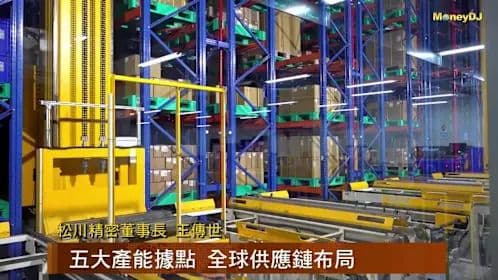
Beyond the Cycle: AI and DDR5 as New Growth Pillars
The current memory market upturn distinguishes itself from previous cyclical recoveries by being driven by powerful, new growth pillars: and advanced server requirements. This isn't just about market normalization; it's a structural transformation. The burgeoning demand for AI applications is directly fueling the need for , a critical component for high-performance computing. Concurrently, the proliferation of cloud data centers and next-generation servers is accelerating the adoption of memory. This shift is creating unprecedented demand, further intensified by strategic moves from major players like and , who are increasingly exiting older generation memory markets. Their pivot exacerbates shortages in legacy products, pushing prices higher across the board. Consequently, the memory market isn't just recovering; it's evolving, with AI and DDR5 establishing themselves as enduring drivers of innovation and sustained growth, fundamentally reshaping the industry landscape.
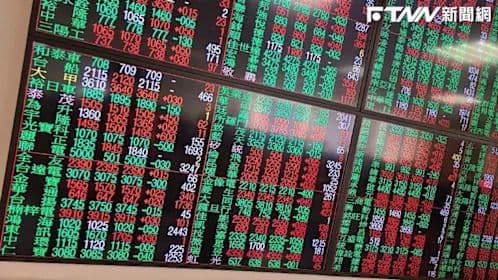
What's Next? Gauging the Health of the Semiconductor Backlog
The memory sector's robust recovery, spearheaded by -driven demand for and , alongside the ongoing shortages, offers crucial insights into the broader semiconductor backlog. This surge is rapidly depleting accumulated inventories of 12-inch silicon wafers, a foundational component for memory chips. However, despite the strong underlying demand for advanced AI-related processes, silicon wafer spot market prices haven't fully rebounded. This anomaly is largely due to long-term contracts signed during the pandemic era, which continue to mandate procurement, making it challenging for some suppliers to fully clear their excess inventory. The health of the entire semiconductor supply chain hinges on the complete digestion of these lingering inventories. Once this overhang is resolved, the market can anticipate a more significant rebound in spot prices for silicon wafers. Monitoring inventory levels across the semiconductor ecosystem and the sustained momentum of AI and server-driven demand will be key indicators for the industry's continued health and future growth trajectory.
Related Articles

The Unsung Heroes Under Siege: How Geopolitics Puts Basic Chips – and Global Industry – on Edge

The Unsung Heroes Under Siege: How Geopolitics Puts Basic Chips – and Global Industry – on Edge

The Algorithm of Growth: Hyulim Robot and Korea's AI Industrial Revolution

The Algorithm of Growth: Hyulim Robot and Korea's AI Industrial Revolution
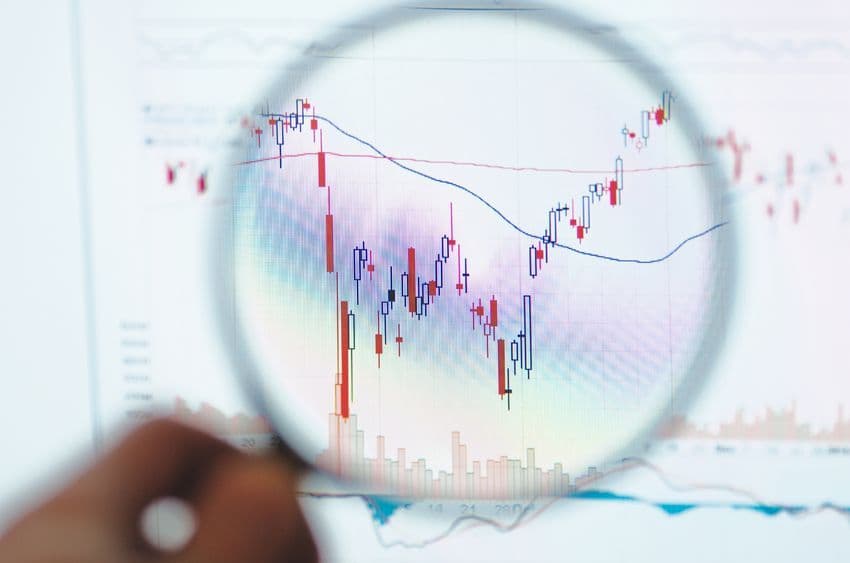
The Industrial Barometer: IHI's Stock Correction and the Unseen Forces Shaping Its Next Chapter

The Industrial Barometer: IHI's Stock Correction and the Unseen Forces Shaping Its Next Chapter

The Geoeconomic Chessboard: Tariffs, Rare Earths, and Strategic Vulnerabilities
